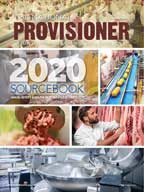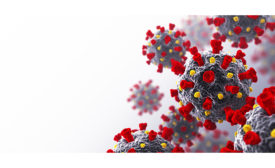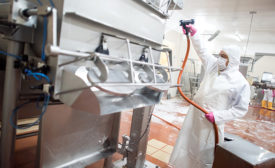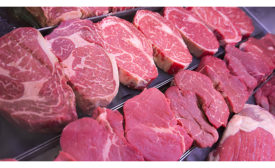Home » Publications » The National Provisioner
The National Provisioner

April 2020
Columns
Back to TopCommentary | Fight for Food Safety
Departments
Back to TopTech | Packaging
Meat and poultry labels: under review
FSIS is evaluating and proposing changes to meat and poultry labels.
Read More
Tech| Food Safety
Sanitizing: The potentially heavy cost of cleaning
Mishandling and misusing sanitizing chemicals can have severe ramifications for meat and poultry processing plant workers.
Read More
Tech | Processing
Processors can reduce injuries
Processors can reduce injuries to workers using cutting equipment by implementing and enforcing safety guidelines.
Read More
Feature Articles
Back to TopSpecial Report | Portion Control Trends
Trimming the fat: pre-portioned meats offer ease and convenience
Read MoreGet our new eMagazine delivered to your inbox every month.
Stay in the know with The National Provisioner's comprehensive coverage of the meat and poultry processing industry.
SUBSCRIBE TODAY!Copyright ©2024. All Rights Reserved BNP Media.
Design, CMS, Hosting & Web Development :: ePublishing













